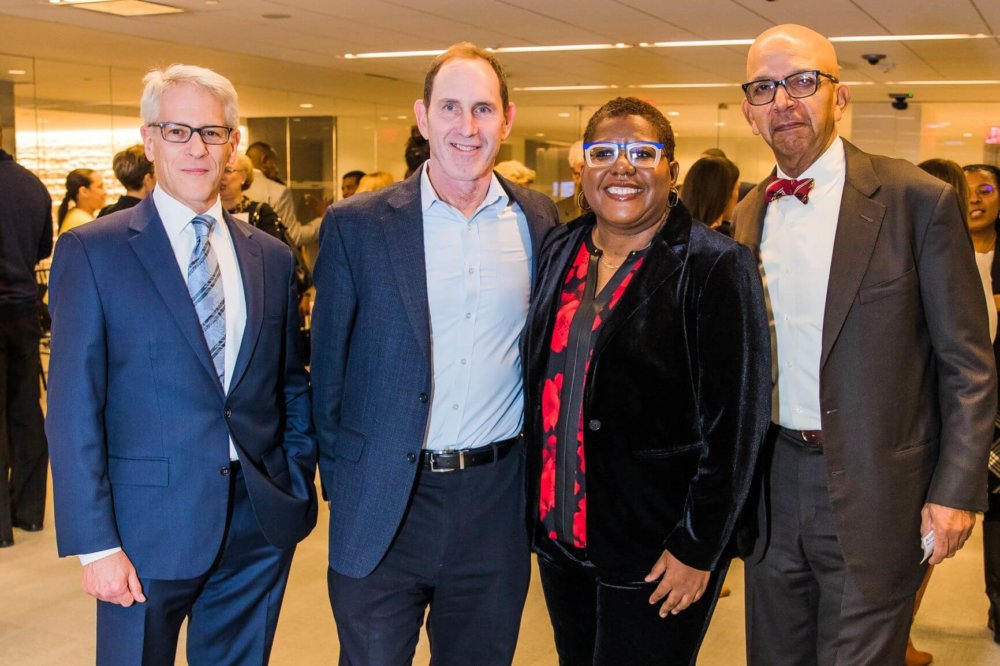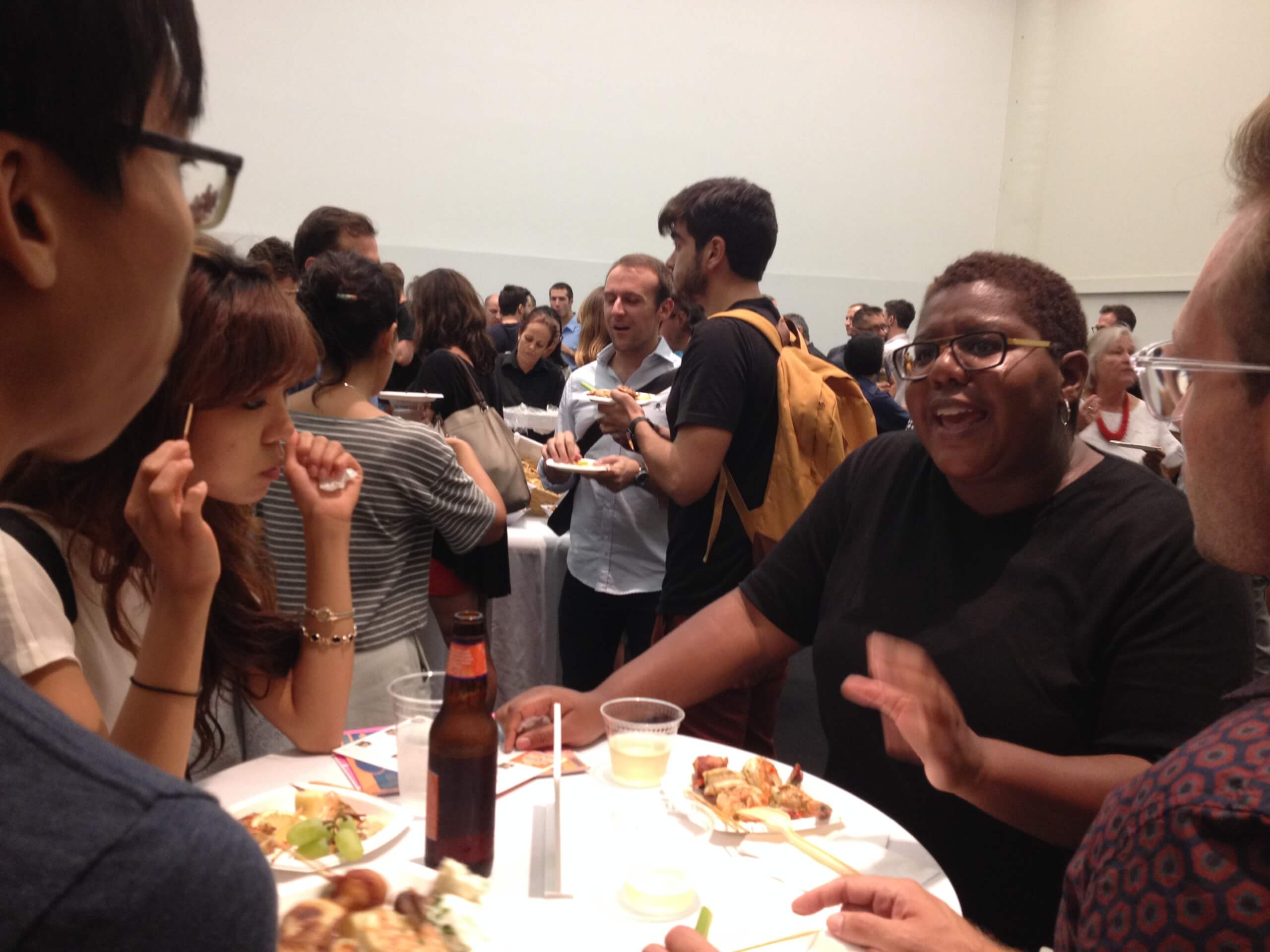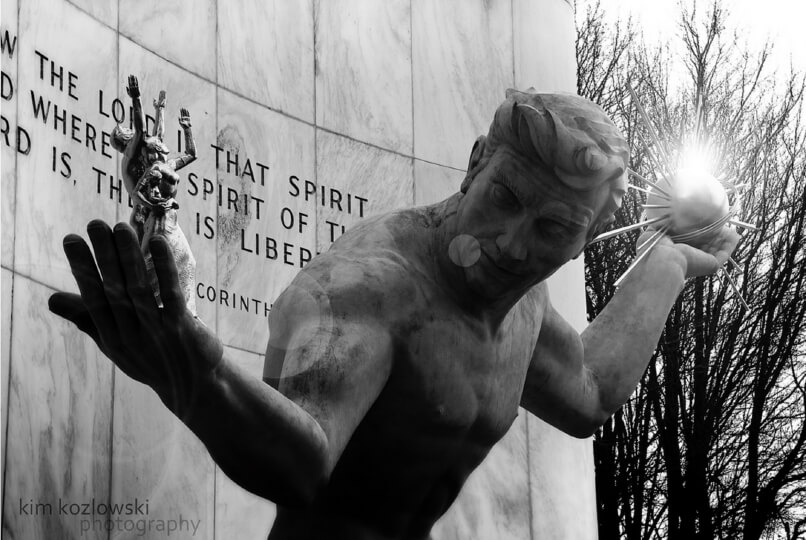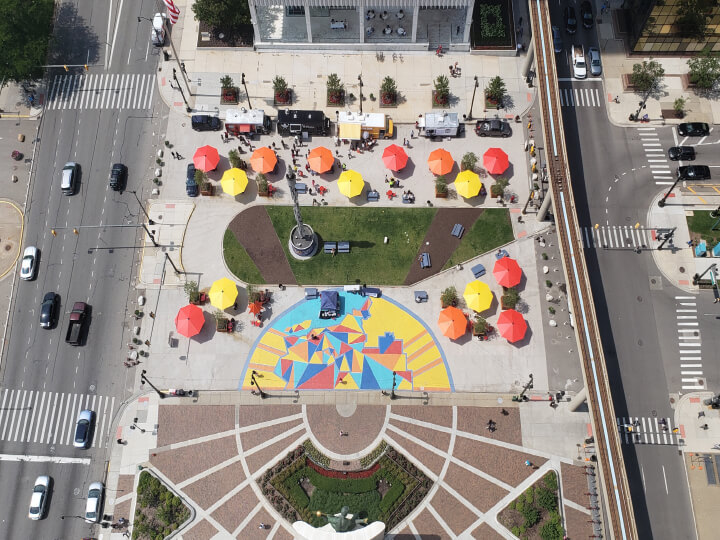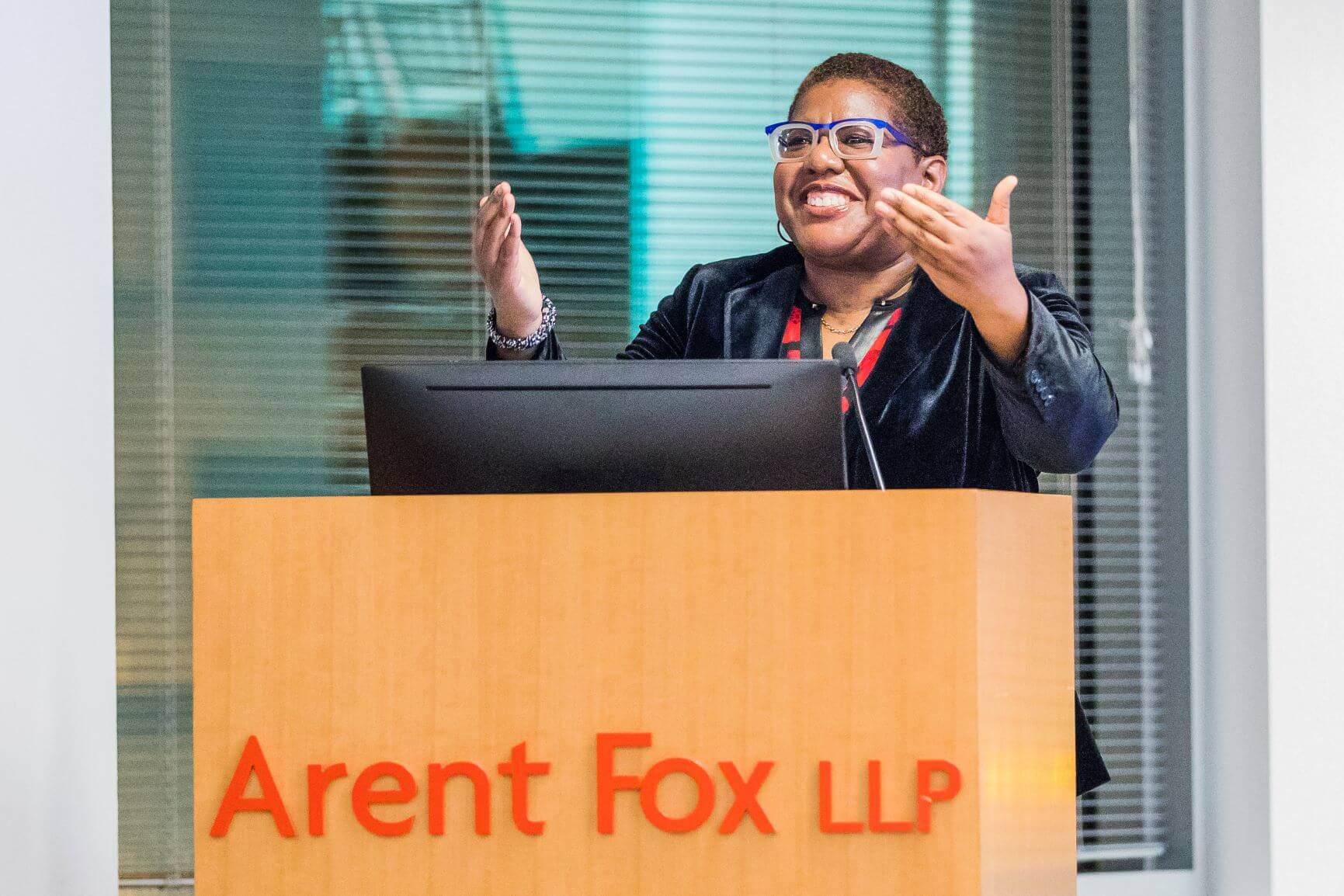As Driggins says, “I was their pick because I like building community. In fact, when they saw my Loeb video, which is really a love letter to DC, they said, ‘Oh yeah, we have to bring her in.’” She readily admits she’s not really a “houser,” but the ambitions of the Conservancy–like her own–go far beyond providing housing.
The challenges of the DC housing market are not unique among large and growing cities, but they have reached a critical point. Driggins has observed that rents and housing demand have escalated in the four years since she left, and the housing market hasn’t responded with affordable options, nor has it been winning the battle against gentrification and displacement. There, as nationally, the affordable housing market does well at providing low income housing, but it hasn’t expanded to meet ever growing needs. Driggins says, “I am in a pressure cooker environment around an issue that is very much on people’s minds.”
With the Washington Housing Conservancy she sees an opportunity to have a significant impact on the needs of a workforce that is increasingly priced out of the city and out of their established communities. The Conservancy, the philanthropic side of the Washington Housing Initiative, targets high impact neighborhoods within the metropolitan area. These communities already have good schools, access to healthy food, excellent public transportation, and close proximity to employment, which makes them highly vulnerable to gentrification and the displacement of existing middle income residents. With the backing of investment from foundations, impact investors, and institutional investors–the Initiative’s profit-seeking Impact Pool–the Conservancy will buy apartment properties with the aim of maintaining them as connected and inclusive mixed income communities. Supportive services–like childcare and healthcare–and participatory decision-making structures ensure residents a voice in governance and the opportunity to prosper.
The effort to maintain income diversity and keep what’s great about the city energizes Driggins. In the Conservancy she sees a flexible, efficient, market based, and replicable model with national policy implications.
This is not the first time Driggins has stepped into a role that challenges her to do something she hasn’t done before and solve a problem with no easy answers. In fact she thrives on it, an attitude she ascribes to the Loeb Fellowship.
During her Fellowship year she emphasized engagement with faculty and students, many of whom she continues to mentor. The enduring relationships with Loeb colleagues and the GSD community have been sustaining. “The Loeb Fellowship for me was life changing,” she says. “I’ve always been inclined to take risks, but it emboldened me–to think bigger, be audacious, and persevere. Before, I lived with being uncomfortable; now I actually invite it because it produces creativity.”
Her work with Maurice Cox (LF ’05) and Steven Lewis (LF ’07) in the Detroit Planning and Development Department as director of Strategic Planning and Arts and Culture was driven by a sense of urgency. The city is still recovering from extreme devastation and population loss, and the focus on deconcentrating poverty demands innovation. Because of the scale of the problems, the impact of their planning work will not be apparent for years to come, because, says Driggins, “You can only move at the speed of trust. But I think we changed the conversation in Detroit, and my success was really around the integration of arts and culture with redevelopment and community building.”
Whereas many planning departments don’t incorporate arts and culture in their portfolios, Driggins recognized a key competitive advantage in engaging artists and organizations that were significant to Detroit’s story and identity. One notable example is Spirit Plaza, a new public space in front of city hall, formerly a major thoroughfare for cars, where public support grew from arts and culture programming that changed the community mindset about its priorities.
It was the prospect of inventing something entirely new that also attracted Driggins to the Washington Housing Initiative and the directorship of the Conservancy. Innovation is part of the job description and the organization is looking for her to lead that charge, an awesome responsibility she’s very excited about.
She sees a direct thread from the Loeb Fellowship to her role today. “It’s a unique moment to be able to pause your life like that. Then it’s about being bold and stepping into your greatness, and taking your work to the next level.”
Feature photo: Spirit Plaza, Detroit, one of Driggins’s signature achievements during her time with the Planning Department. Courtesy of City of Detroit Department of General Services.
